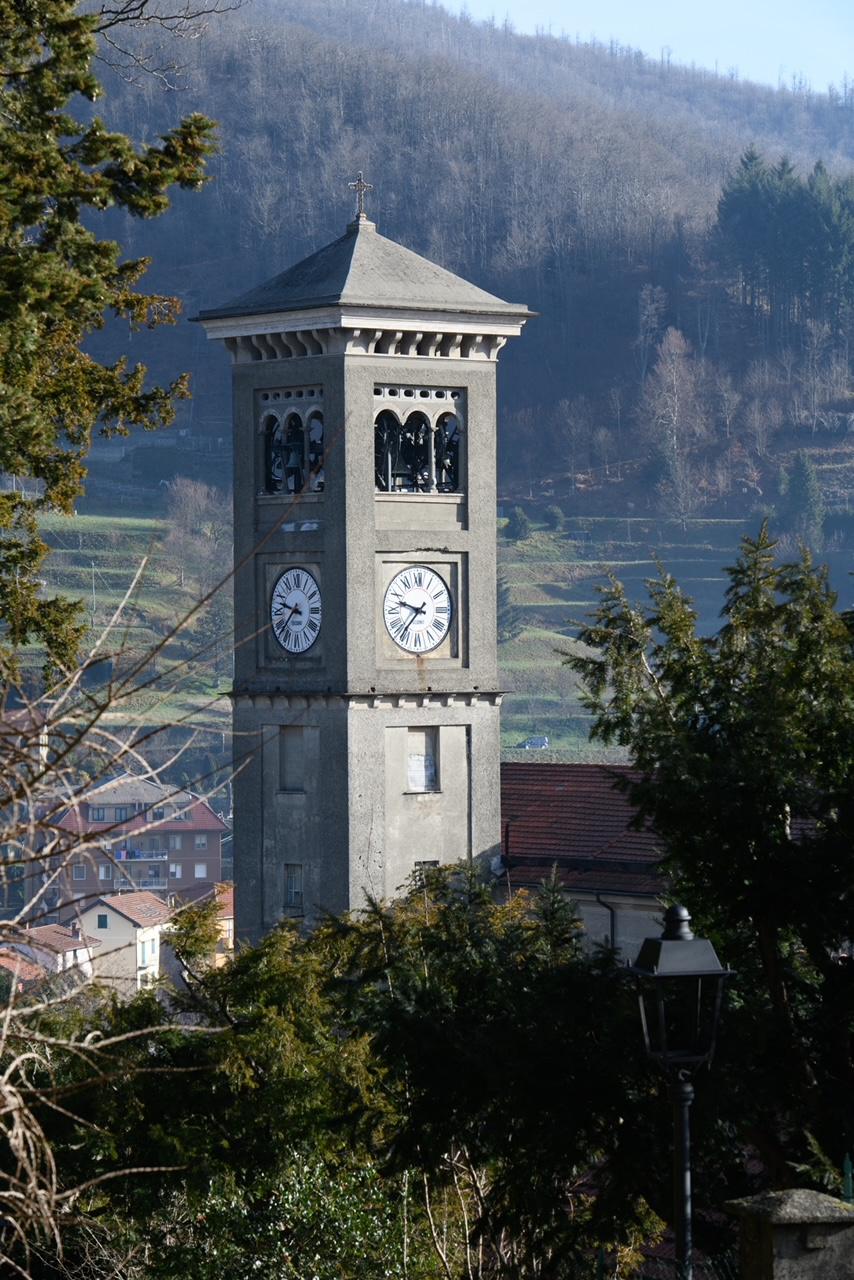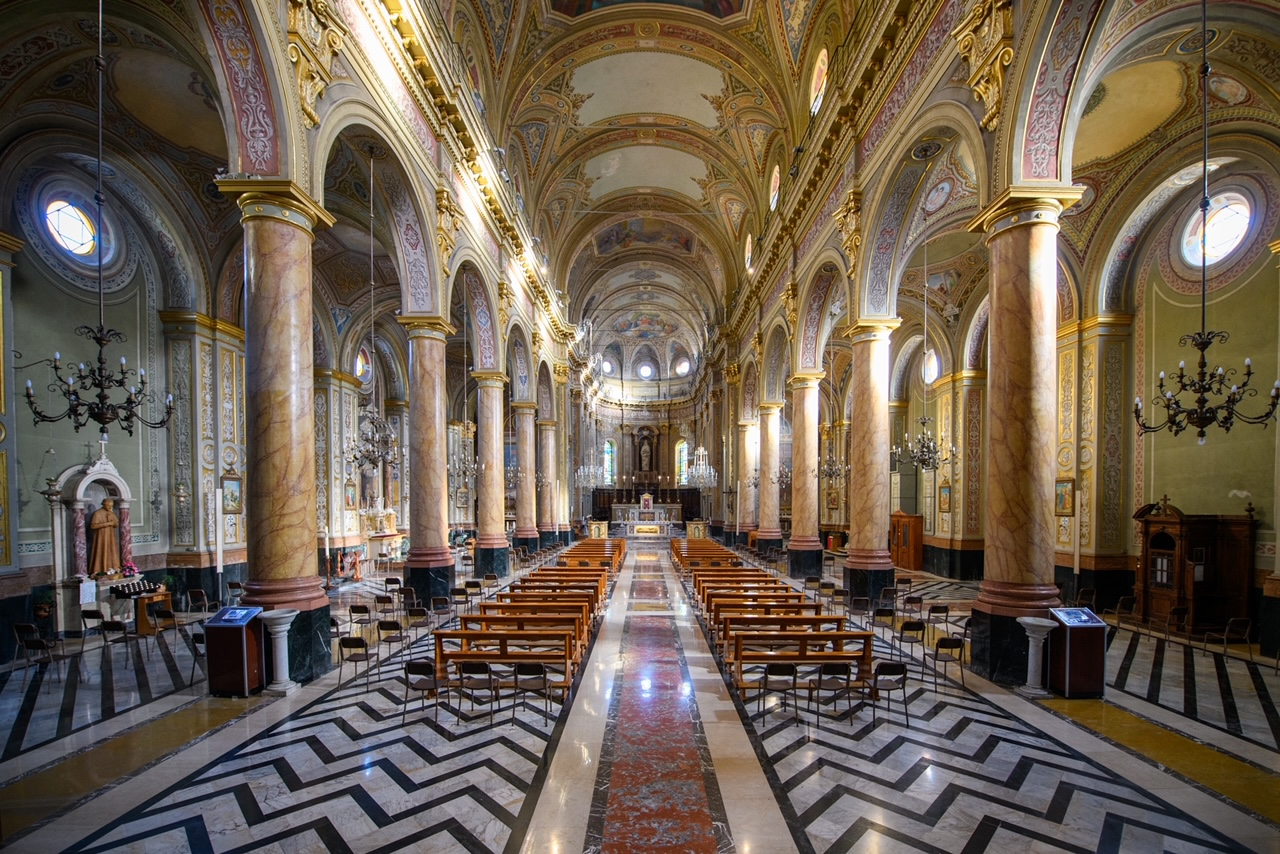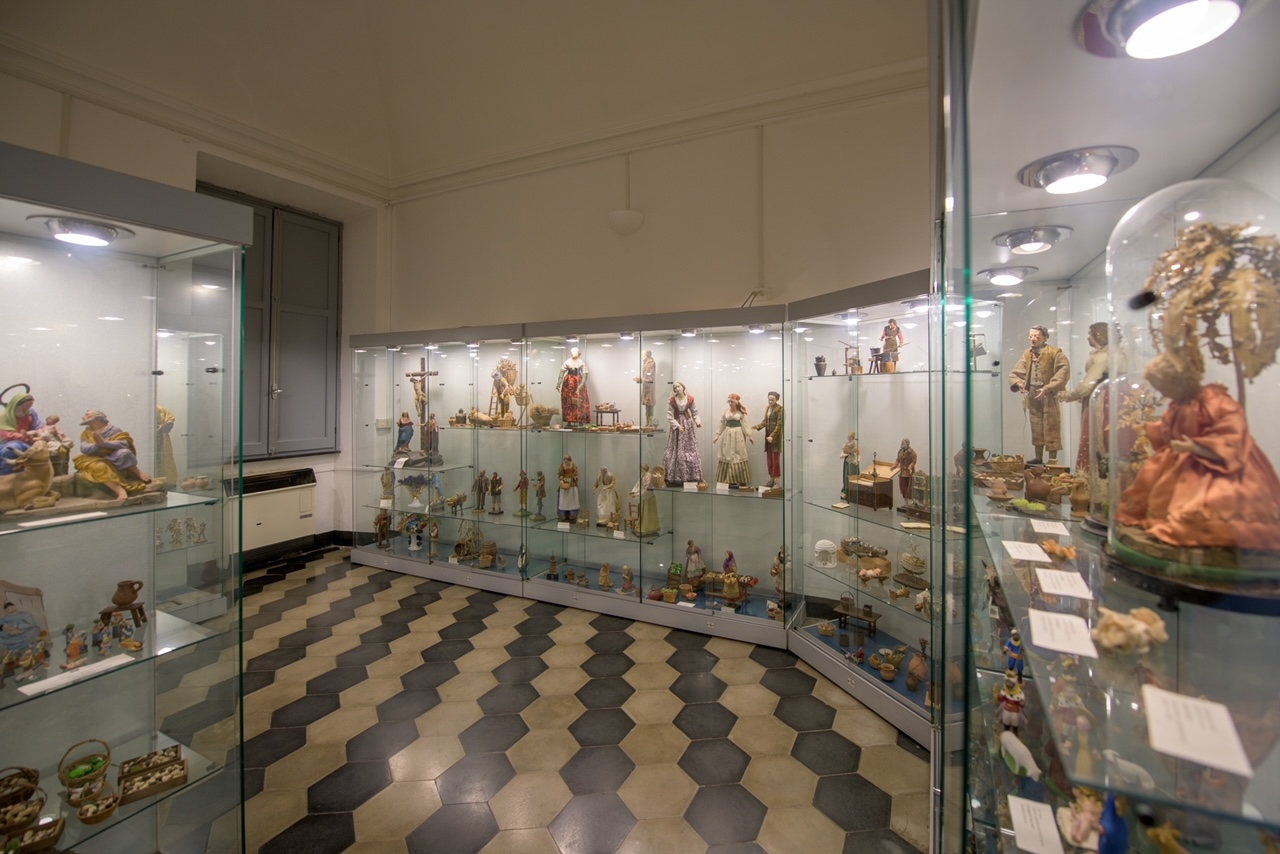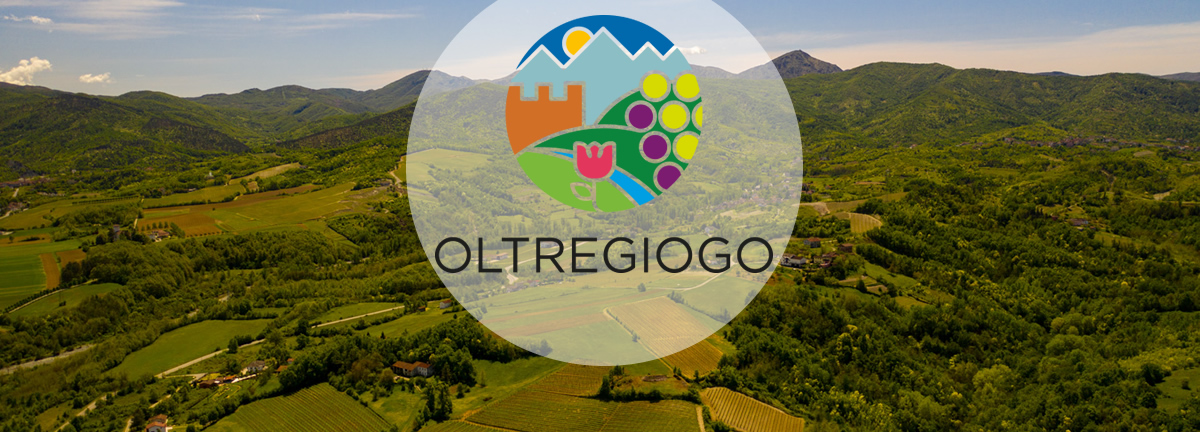It seems that this territory was not inhabited until around the year 1000. During the 11th century, a Benedictine monastery arose here – or perhaps it would be better to say a hospital run by monks? — aimed at being a resting place for pilgrims who intended to arrive in Genoa and so embark towards Rome or the Holy Land.
The Marquis Del Bosco, who had already had some fiefdoms in their hands a little further north for a certain amount of time, during the 12th century also reached out to these places, where a sort of post station arose, or perhaps a small fortification, which housed some armed marquises, who were entrusted with the task of guarding the stretch of road and collecting the toll.
In the meantime, the wealth of water and wood had begun to make Masone home to steel and non-steel production.
At the end of the thirteenth century, the army of the Republic of Genoa took the small fiefdom, and the nobles of Superba began to take an interest in this place precisely for its “industrial” potential.
During the Late Middle Ages, in fact, Masone had already become an important production centre to where raw materials arrived from elsewhere, and from where iron, silk and paper departed.
Masone was a fiefdom of many noble Genoese families. To be remembered is Angelo Lomellino who, around the middle of the fourteenth century, had two ironworks built and encouraged the movement of Lombard workers who were expert in iron working.
The ancient Benedictine monastery also underwent several changes, especially during the fifteenth century, when it also became a female Cistercian monastery, only to be abandoned at the end of the century.
In the 1520s, Masone was in the hands of the Spinola family. Marquis Antonio had another castle built, so as to guard the new road that allowed the crossing of the Apennines.

It was, however, a Grimaldi, in the second half of the same century, who encouraged the construction of a village around the castle, where those who arrived in Masone to work in the production of iron and charcoal could take up residence. The same nobleman financed the construction of a new church with an adjoining convent intended for the Augustinian friars, who would take care of the care of souls in place of the secular clergy.
In the second half of the seventeenth century, however, the local ironworks entered into crisis because they were unable to keep up with the evolution of technology. Consequently, the number of inhabitants of Masone dedicated to agriculture increased, so many farms arose.
In 1747, the castle of Masone, due to its connection with Genoa, which was involved in the War of the Austrian Succession, was besieged and, after the surrender, blown up.
In 1790, Gian Carlo Pallavicini, the new owner of the fiefdom, had the ruins of the castle levelled to transform the place into a large square.
Around the mid-nineteenth century, the Savoy policies on imports favoured the arrival of English iron in the Kingdom, thus giving the final blow to Masone’s steel production. The only forges that survived, and indeed flourished, in that era were those that produced nails, which, absurdly, were being decimated elsewhere.

The Modern Age saw a multiplication of fortifications around the Superba. This also involved the territory of Masone with the construction of Fort Geremia, completed in 1890.
There are two phenomena that interested Masone in the twentieth century: the holidays of the Genoese bourgeoisie and the Second World War.
The first led to the construction of numerous villas, among which Villa Bagnara stands out, designed by Gino Coppedè (Florence, 1866-Rome, 1927).
The second brings occupation and Nazi-fascist reprisals. Furthermore, the woods around Masone, like many others in the Oltregiogo, gave refuge to numerous partisans, many of whom lost their lives in the raids of the Benedicta and the Turchino pass.
At the end of the war, Carlo Pastorino, mayor of Masone, took pains to give an honourable burial to the boys who had ended up in mass graves and wanted to rebuild the ancient Cistercian church so as to make it the shrine for the remains of many partisans.
THE PARISH CHURCH OF CHRIST THE KING AND OUR LADY ASSUNTA
It was built in neo-baroque style, in the 1920s. It is the third largest church in the diocese of Acqui, to which it curiously belongs; It boasts a large organ and a remarkable concert of bells from different periods, the smallest of which is from the seventeenth century.
ORATORY OF THE NATIVITY OF THE HOLY MARY
Built in the 1580s, the oratory is the seat of the Archconfraternity of the Nativity of the Holy Mary and of San Carlo. The church is characterized by a crypt where the ancient tombs can still be observed and how, before Napoleon prohibited burials within the walls, the class to which the deceased belonged was also evident from their burial.
CHURCH OF SANTA MARIA DI VERZULLA
This is the church rebuilt to be a partisan shrine. In ancient times there was a Benedictine and later a Cistercian monastery in this place; it is called the church of the Romitorio because it seems that, even before the monastery, there was a hermitage.
ANDREA TUBINO CIVIC MUSEUM
Set up in the former Augustinian convent, the museum brings together the Tubino collection, made up of more than 5000 pieces that tell the story of the habits and customs of the Stura valley. One floor is almost entirely dedicated to the tradition of the nativity scene: ancient and contemporary figurines are on display and, during the Christmas period, a huge mechanized nativity scene is set up depicting Masone as it was a century ago.
On the second floor there are finds of industrial and non-industrial archaeology, as well as the reconstruction of a forge and an ancient oven.
The top floor houses objects that allow us to reconstruct the history of lighting, a library and the chapel of the Augustinian friars.

Gallery
